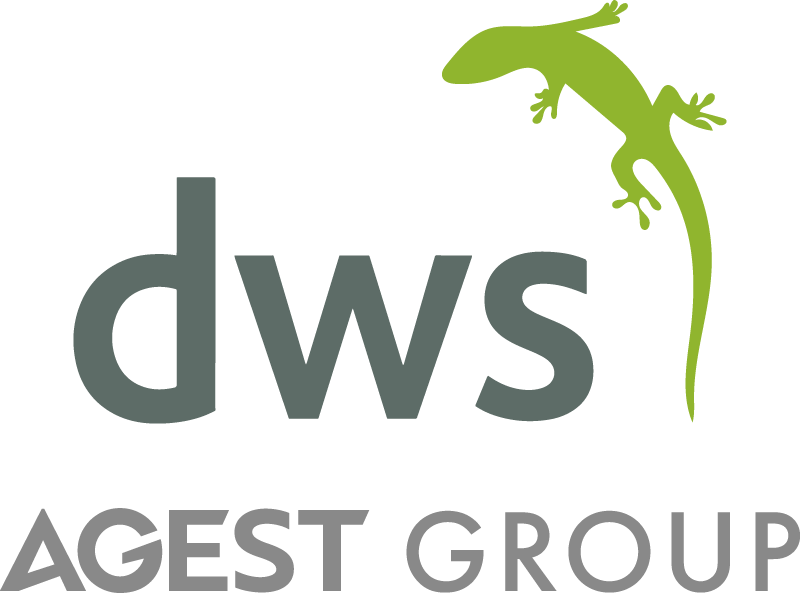Automation is how you deliver more, sooner and with less risk—not just how you cut testing costs.
The fastest wins come when you shrink the modified footprint first: standardising where Oracle currently has native capability, retrofitting what remains and then automating the stable, business-critical flows. Do that and you’ll shorten cycles, prevent defects and reach breakeven quickly.
Automation really starts to pay off when people, process and platform pull in the same direction. How can you maximise the effect and what should you look out for?
Calculating the true ROI
Calculating ROI is straightforward enough: (benefits − costs) ÷ costs.
For illustration, let’s assume for a moment that automating core finance, order-to-cash and procure-to-pay saves 180 hours per ESU. At £80/hour, that’s £14,400 per ESU and, at 20 ESUs a year, the annual saving comes to £288,000. With £200,000 up-front setup and £60,000 annual maintenance, you’re cash-positive within year one and comfortably ahead by year two.
The mistake teams make, however, is counting only “reduced test hours”. When it comes to ROI, the value lines run much wider:
- FTE redeployment. Hours you no longer spend on repetitive regression can be reassigned to backlog, data quality and refactoring, which is work that protects future cycles.
- Cycle-time compression. Faster ESU/release lead times bring features and fixes forward, so value compounds every quarter.
- Defect and incident cost avoidance. Fewer escaped defects and faster recovery reduce production incidents. As a benchmark, the average global cost of a data breach reached $4.88m in 2024—proof that catching issues early matters.
- Risk-window reduction. Shortening patch-to-production time reduces exposure, which is not theoretical in the UK: 43% of businesses reported a cyber breach or attack in the last 12 months.
7 ways to maximise ROI in enterprise test automation
- Shrink the modified footprint first. Standardise where Oracle now has native capability, then retrofit what remains in a controlled plan so your test surface and maintenance both drop—and breakeven comes sooner.
- Pick tooling your team can own—and back it with adoption. Choose a low-friction tool business analysts can use, keep installs light, name owners, train early and often, and blend internal capacity with a trusted testing partner for spikes.
- Prioritise a lean slice of stable, business-critical flows—and select tests by impact. Start with finance, order-to-cash, procure-to-pay and key integrations. Then, add cases per ESU based on actual change so packs don’t bloat.
- Design for low upkeep. Stabilise locators, use domain APIs/services where available rather than the UI, and run with golden data so scripts stay reliable and maintenance predictable.
- Build a reusable asset library. Standardise script design (modular sub-flows, soft-coded parameters, clear naming/versioning) with clear documentation so new scenarios are quick to add.
- Run small, fast feedback loops—and use AI where it helps. Trigger a smoke on code landing, run nightly non-prod regression, promote on green, and use AI for authoring, self-healing and data seeding—mirroring what the World Quality Report observes about faster automation cycles—with human review for accuracy.
- Measure what matters and make progress visible. Track a simple scorecard: lead time per ESU, change-failure rate, MTTR and the percentage automated on the critical path.
Keep it lean and repeatable, and ROI will follow.
How DWS helps with enterprise test automation
Make DWS your testing partner with a blend of QA strategy consulting, on-shore/off-shore delivery and QA training. You’ll receive a roadmap, the capacity to execute it and a team that can own day-to-day running.
- Reduce and retrofit first. On an agreed cadence, our Code Current Retrofitting as a Service gives cost certainty, fixed timescales and near-zero defects. Dimension Tempo is the managed option for JDE E1, keeping you current without disruption.
- Target what matters with impact analysis. Dimension Focus analyses your entire E1 to pinpoint exactly which objects a change impacts and by how much. You see the business impact and plan tests so you only run what needs testing.
- Build and run functional automation. Dimension SwifTest is built for JD Edwards EnterpriseOne so business analysts and super-users can own automation without specialist engineers.
- Prove performance at scale before go-live. Dimension LoadTest works natively with E1, installs in minutes, simulates large, variable virtual-user loads and runs on-premises or in the Cloud.
Reduce, retrofit and realise ROI
If you don’t shrink the modified footprint first, everything gets harder and more expensive. Your regression surface stays bloated, automation takes longer to build and is costlier to maintain, and brittle customisations keep breaking scripts. As lead times stretch with every ESU, the benefits of native JDE capability will pass you by.
Reducing and retrofitting early turns that spiral the other way: smaller packs, faster cycles and a clearer, sooner payback on enterprise test automation.
If you want a quick, defensible view of your numbers, we’ll map your footprint and show you the fastest route to breakeven.
To understand the benefits your business could gain from an automated testing project, get in touch to claim your free, personalised ROI assessment.




